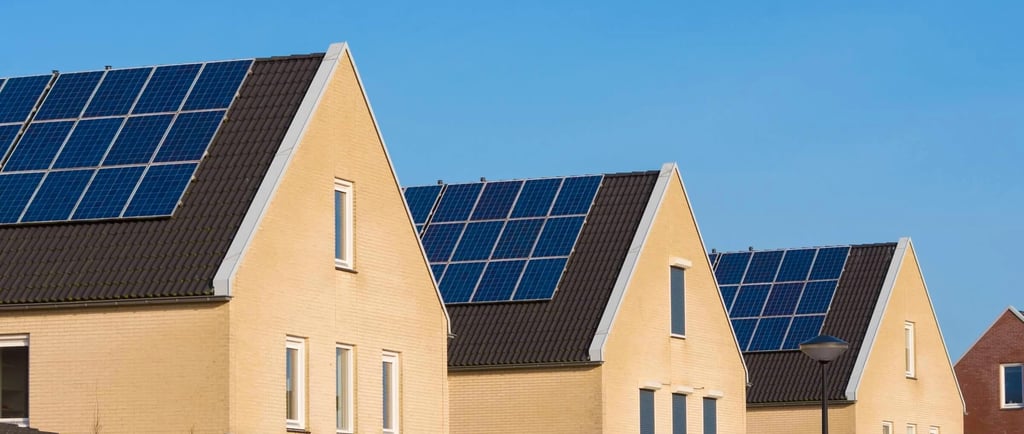How Solar Panels Work in 2024: Harnessing the Power of the Sun
As we continue to seek out cleaner and more sustainable energy solutions, solar power has emerged as a front-runner in the global transition to renewable energy. In 2024, advancements in solar technology are making it easier, more efficient, and more affordable for homeowners and businesses to harness the power of the sun. But how exactly do solar panels work? Whether you're new to solar energy or looking to upgrade your current system, understanding the science and technology behind solar panels is key to making informed decisions. In this post, we'll break down how solar panels generate electricity and explore the latest innovations shaping the future of solar energy.
Pangea SUN Solutions
9/10/20242 min read


The Basics of Solar Panels
At the heart of solar energy technology are photovoltaic (PV) cells. These cells, typically made from silicon, are designed to capture sunlight and convert it into electricity. When sunlight strikes the surface of a solar panel, it causes electrons within the PV cells to become excited, creating an electrical current.
Step-by-Step Breakdown: How Solar Panels Work
Absorption of Sunlight: Solar panels are made up of multiple layers of PV cells that absorb sunlight. This absorption process generates direct current (DC) electricity. The more sunlight that hits the panels, the more energy is produced.
Conversion of Energy: Most appliances in homes and businesses use alternating current (AC) electricity. Therefore, the DC electricity produced by solar panels must be converted into AC power. This is where an inverter comes into play. Modern solar systems use advanced inverters to ensure the efficient transformation of DC to AC power.
Power Distribution: Once converted into AC power, the electricity is distributed throughout your home or business. If your solar system produces more electricity than you use, the excess energy can be fed back into the grid, which may earn you credits through net metering.
Energy Storage: 2024 has seen significant advancements in energy storage. Many solar setups now include battery systems, allowing users to store excess energy for use at night or during cloudy days. Lithium-ion batteries, such as those used in electric vehicles, are the most popular due to their efficiency and reliability.
Monitoring and Smart Technology: Modern solar installations often include smart monitoring systems that track energy production, consumption, and efficiency in real-time. These systems help users optimize their energy use, manage savings, and even detect any maintenance needs early on.
The Evolution of Solar Technology in 2024
In 2024, solar panels are more efficient than ever. Key innovations include:
Bifacial Panels: These panels can capture sunlight from both sides, significantly improving energy yield, especially in areas with reflective surfaces.
Perovskite Solar Cells: A cutting-edge material that is lightweight and flexible, perovskite is boosting the efficiency of solar panels beyond what silicon cells alone could achieve.
Solar Shingles: Instead of traditional panels, homeowners can now opt for solar shingles that integrate seamlessly into roofing materials, offering both aesthetics and functionality.
Why Choose Solar in 2024?
The benefits of solar energy go beyond reducing electricity bills. By going solar in 2024, you're contributing to a sustainable future, reducing carbon emissions, and embracing an energy solution that's getting more affordable and efficient by the day. Many governments also continue to offer incentives for solar adoption, making now the perfect time to invest in solar power.
Solar panels are an incredible feat of modern technology, providing a clean, renewable source of energy. With advancements in efficiency, storage, and design, solar power is becoming more accessible and essential in our shift toward a sustainable future. If you’re ready to make the switch, or simply want to learn more, Pangea SUN Solutions is here to guide you every step of the way.
